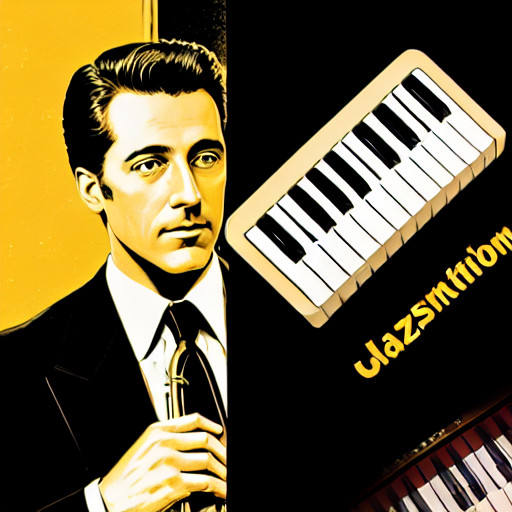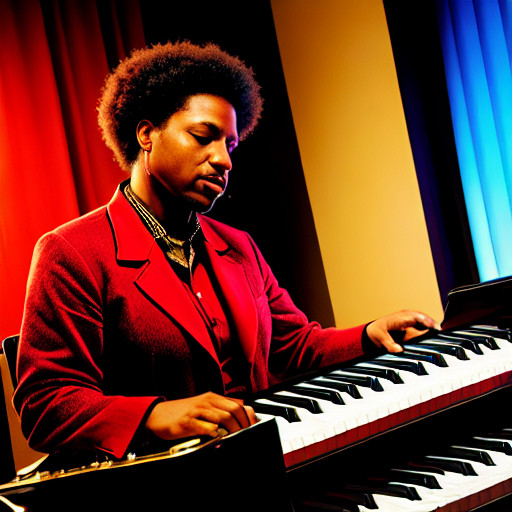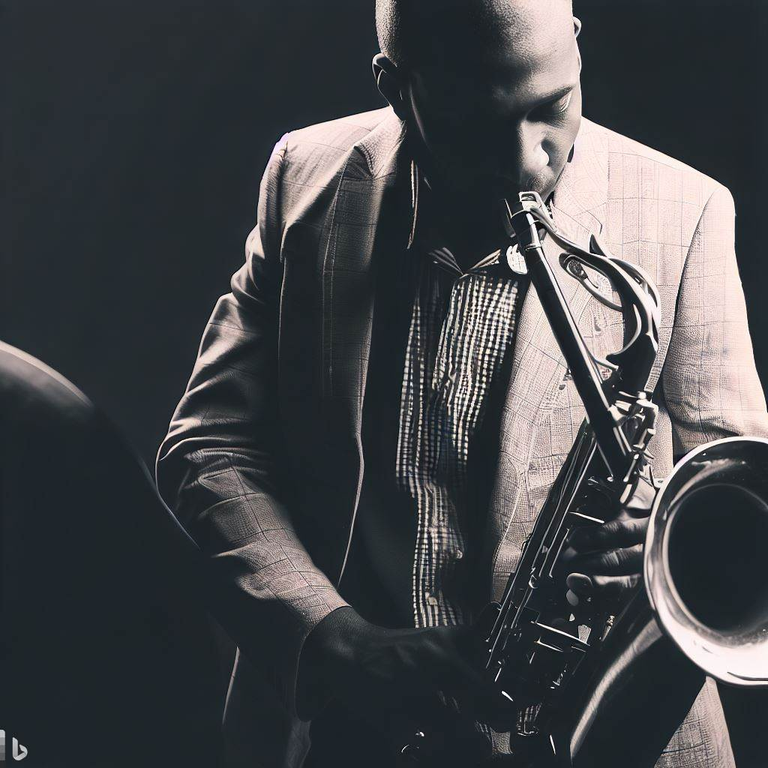Jazz: The Evolution of Improvisation and Syncopation

An Ode to Musical Freedom
Jazz Origins and Syncopation
Jazz, a genre born from the African American communities in the late 19th century, revolutionized music. Central to its innovation is syncopation, an offbeat rhythm that challenges traditional musical structures. This rhythmic complexity set jazz apart, allowing musicians to break free from the constraints of conventional melodies.

The Art of Improvisation
At its core, jazz is synonymous with improvisation. Jazz musicians weave intricate melodies on the spot, creating harmonies that shift like winds. This spontaneity is where jazz thrives—where musicians converse through their instruments, each note a sentence, each solo a story.
Innovation and Fusion
As time marched on, jazz evolved. It embraced new instruments, styles, and influences, from swing to bebop, fusion to free jazz. Through these transformations, jazz retained its heart: a relentless pursuit of innovation and expression.

A Timeless Legacy
Jazz is more than a genre; it's a testament to the power of human creativity. Its evolution mirrors our societal changes, echoing the call for freedom, individuality, and the beauty of unscripted moments.

Harmonizing Chaos
From syncopation's rhythmic dance to improvisation's soulful conversation, jazz encapsulates the spirit of creativity and the human desire to transcend boundaries through music.
